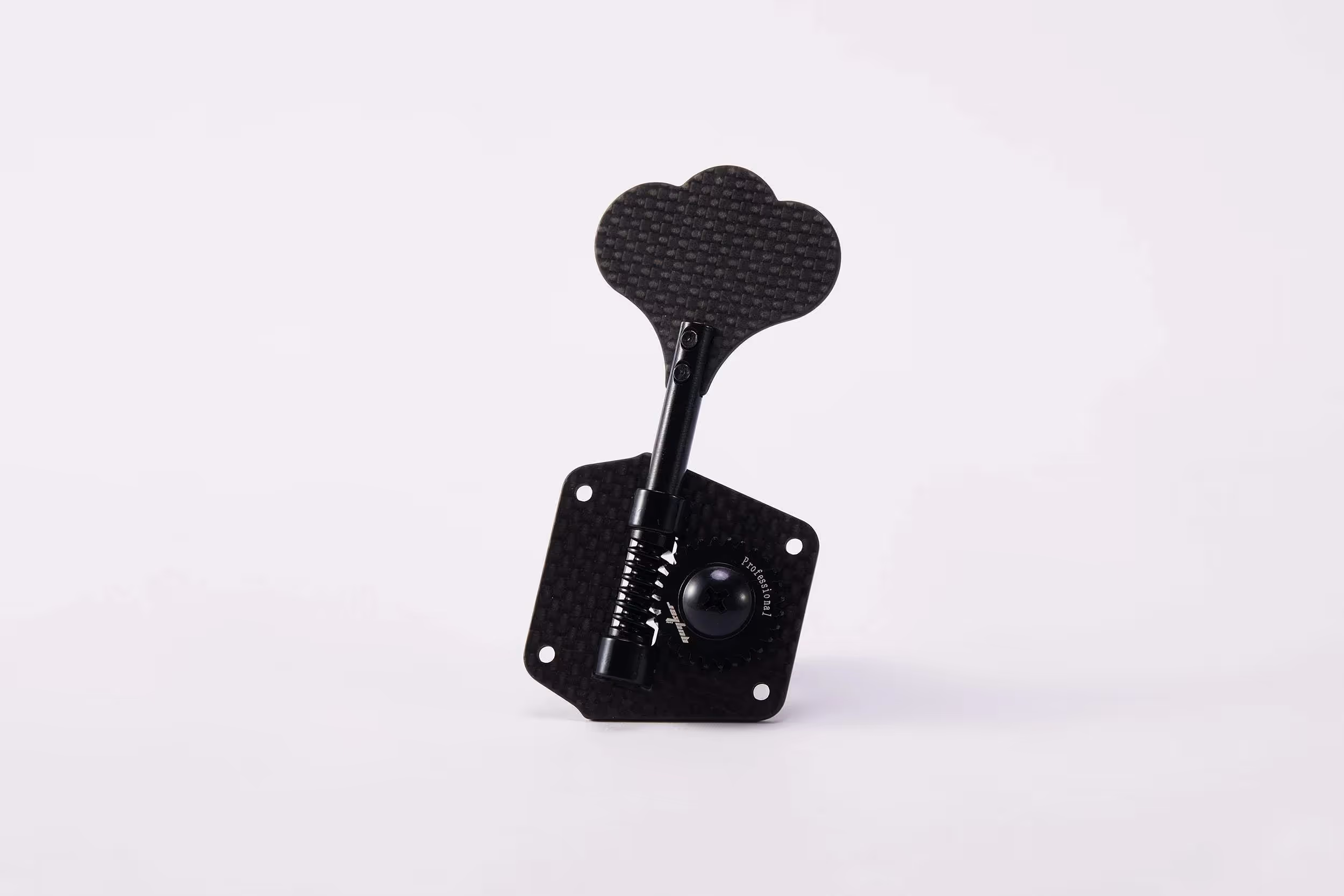Why you need reference tracks whilst mixing + 5 famous examples

We have a mix secret for you: reference tracks.
Using reference tracks can help you create a polished sound and improve your mixing skills. You can utilise them to compare your sound with an ideal reference point and work towards it.
Reference tracks are songs or pieces of music that you use as a benchmark to compare your own mix to. By using reference tracks, you can aim for better balance, depth, power and texture in your mix. By listening carefully, you can also improve your production skills.
Why we should all be using reference tracks
Using reference tracks can help get you to a professional-sounding mix by providing something to compare your elements to. You can then make improvements until your mix sounds as good as the reference track, or even better. It’s like having a built-in quality control system.
Study the reference track’s balance, panning, compression, and effects. Apply these techniques to your mix. It’s like having a personal mixing mentor right there in your studio.
When mixing vocals, in pop music, they are much louder than you might hear in an acoustic folk track. Listen to reference songs in the same genre to know how the vocals should sound in the mix. Adjust as necessary. The same logic applies across your entire instrument arrangement. If you're producing low-end heavy tracks - we have a list of bass heavy songs here.
By doing this, your audio will sound better and meet professional standards. Reference tracks can inspire and help you explore new production techniques and ideas. Whether you’re new or experienced, using reference tracks while mixing is valuable.
4 ways you can use reference tracks
1. Match your mix level
You’ll notice when you’ve imported the audio into the DAW that they’re louder. This is because they’ve been mastered. Account for this fact by adjusting the level of your reference track accordingly.
Don’t over-compress or boost frequencies to match the mastered track’s loudness.
This will help you compare elements more accurately and find any mix discrepancies. Make sure to pay attention to the peak and average levels.
2. Reference with fresh ears
Once you’ve made some adjustments to the volume and balance, take a break and listen with fresh ears. Listening to the same mix for a long time can tire your ears, making it hard to judge the sound.
Give your ears and your head a break from mixing for 10 minutes. During this time, mix engineers often take a break and go for a walk or do something unrelated.
When you come back with fresh ears, listen to the reference track first before switching to your mix. This is effective in allowing your refreshed perspective to pinpoint what needs tweaking.

3. Isolate instruments or element pairings
Once you have matched the levels, you can get more specific by soloing your channels. To understand each part, separate them and look for any disparities.
The disparities you’re searching for are:
- Simple balance observations. What elements are loudest?
- How wide does the element sound compared to your equal?
- Compare the strength of frequency ranges using an EQ unit
- How dynamic is the sound (thinking about compression usage)
After comparing individual parts, you can examine their relationships with each other.

Look into:
- Basic level comparisons between key instruments – such as synths and vocals
- Interactions between the bass and drums – are there any noise-gating techniques?
4. Observe verse-chorus transitions
To create a good mix, make sure the different sections of the song flow smoothly together. Pay special attention to the transitions between verses and choruses. In this step, it’s important to focus on how the sections interact and their energy levels.
By watching how the mix flows during transitions, you can find any abrupt changes that disrupt the song’s cohesiveness.
Pay attention to:
- Subtle increases in key instrumentation levels
- Expanded widths of instrumentation
These kinds of observations can yield a lot of value. Modern producers pay close attention to detailing small gradual differences in transition. The aim of this work is to impact the listener’s ear and keep them interested in a change. Without these transitions, the human ear will naturally get bored as time goes on.
Paying attention to how your reference track transitions can also inform instrumentation ideas.
Arrangements often simply add instruments to the song when it is time for the chorus. It is to achieve the same impact, which is to keep the listener engaged with variety. Production techniques are the same.
Some of these techniques are:
- Vocal doubling
- Instrumentation doubling
- Increased level automation
- Reinforced drum sampling

5 famous reference tracks for mixing
Here are 5 popular reference tracks that are used across the industry.
Modern rock mix
(Uprising – Muse)
Why it’s good as a reference:
- Blends classic and modern rock mix elements
- Has plenty of grit and clear character through the low end.
Pop mix
(Get Lucky – Daft Punk/Pharrell)
Why it’s good as a reference:
- Airy vocals and harmonies
- Doubled funky guitars through the middle drives the mood
- The drums are exceptionally well-balanced. They are clear yet sit back in the mix with little processing
Hip hop mix
(Congratulations – Post Malone)
Why it’s good as a reference:
- Punchy and tight low-end
- Crystal-clear vocals that stand out in the mix
- Spacious and immersive reverb
Pop rock/alt mix
(Radioactive – Imagine Dragons)
Why it’s good as a reference:
- Optimal modern synth and drum elements
- Crystal-clear detail
EDM mix
(Skrillex & Diplo Where Are Ü Now)
Why it’s good as a reference:
- Incredibly clear sub-bass depth
- The arrangement creates room for a booming bass and vibrant lead vocals
- Significant variance in loudness between sections of the track. This results in an explosive and impactful drop
Choose reference tracks that match your genre and that you know well. The most important thing is to give yourself a benchmark to compare elements of your mix.
How to import reference tracks into your mix
There are several steps to importing reference tracks into your mix.
- The obvious method is to simply create a separate track within your DAW and label it “reference”.
- Import the audio file into your DAW and place it on the reference track.
- To accurately compare the two, align the reference track with the beginning of your mix.
- Switch back and forth between your mix and the reference track. This way, you can compare them and make any necessary changes.
Takeaways & next steps
- Using reference tracks is an essential part of the mixing process.
- They give you a benchmark for your own mix
- Studying and applying elements from reference tracks can improve your mixing skills.
- Always use the same speakers and environment as your mixing setup
When choosing reference tracks, find ones that have the sound you want and use them as a guide. Use multiple reference tracks, and use tracks that you know very well.In this post, we’ve also shared 5 famous reference tracks. These are widely used, but this list should not limit you.
Continue to listen out for mixes that have the sound you want and use them as reference tracks. Create a library of your favourite reference tracks. Use them in your mixing projects. They will guide you as you work.




